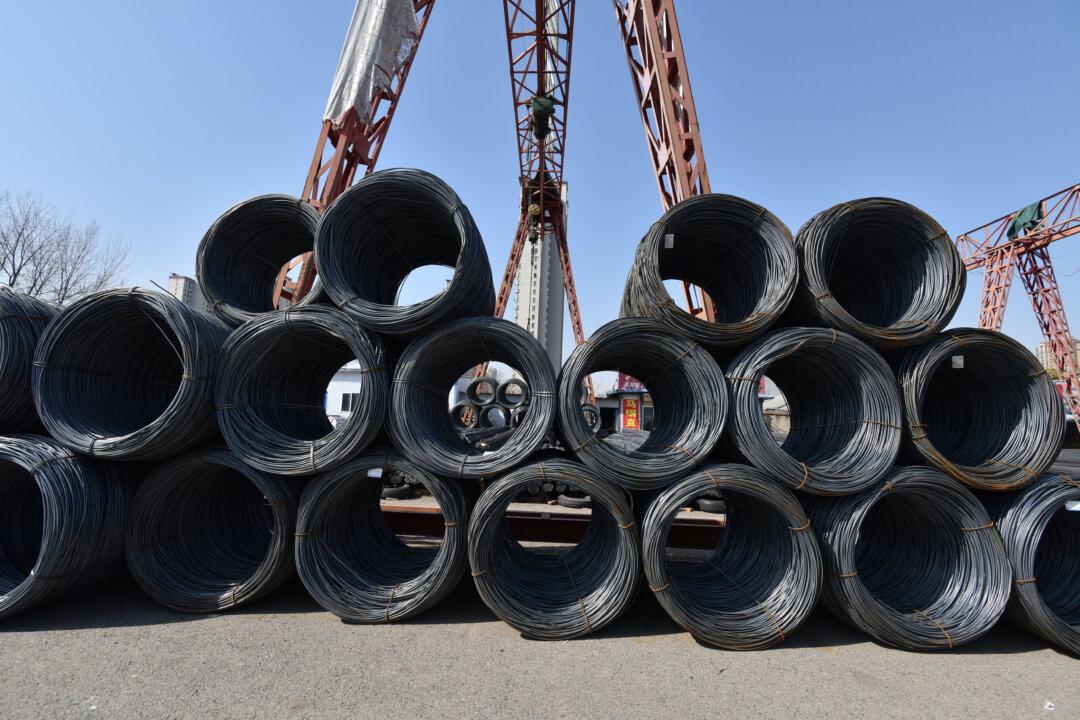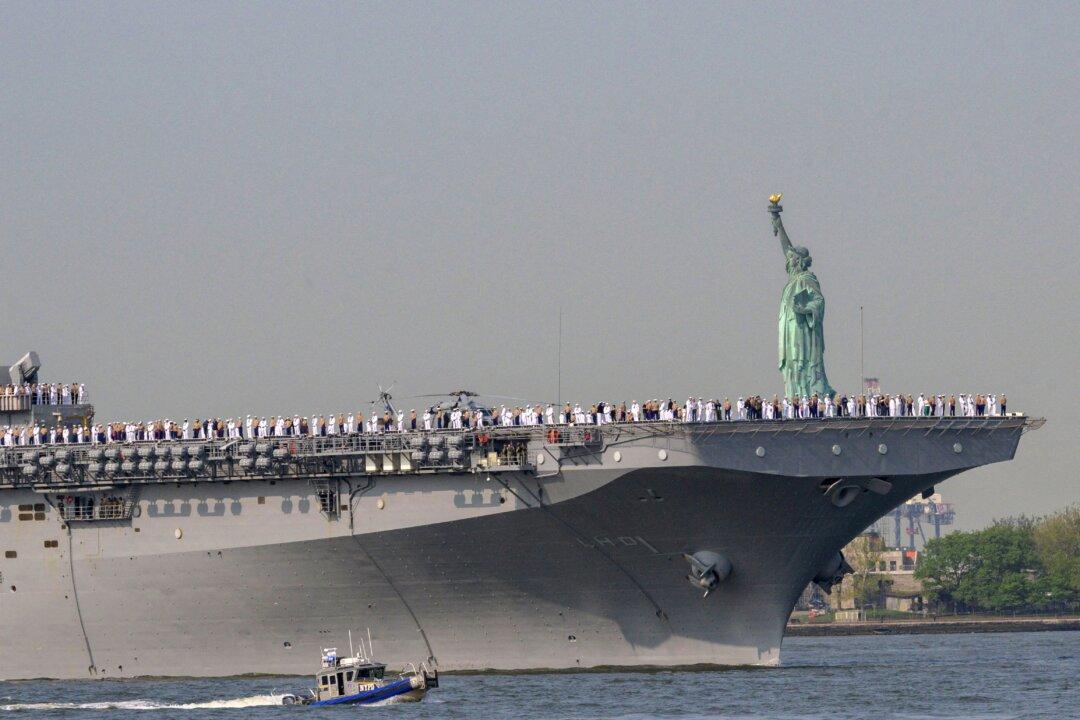There’s a firestorm in America, whipped up by the winds of media bias. The firestorm is over President Donald Trump’s tariffs, which the average voter wants. But most economists and mainstream media are dead set against the tariffs.
That lack of open-mindedness leads news outlets to elide essential details that would help the public understand the benefits of Trump’s tariff policy on China rather than just the risks.
The bias comes from almost a century of free trade orthodoxy, which, in the United States, comes from three main sources.
First, the undoubted gains from lower prices in the short term from international specialization in producing goods and services for which a country is most capable. (The price of national security risks from trading with the enemy is typically assumed away).
Second, the proximity of the Smoot–Hawley tariffs of 1930 to the Great Depression.
Third, the hope that global free trade after World War II would ensure peace. For most pundits, that’s enough said. China tariffs are a dark cloud with no silver lining.
Even in the case of allied or partner states, such as Mexico and Canada, tariffs can discourage them from shirking their duties (no pun intended). They shirk their duties to stop fentanyl smuggling into the United States. Canada neglects its agreement to spend at least 2 percent of GDP on defense. If these duties are shirked, others will arise in the form of tariffs.
When Trump threatened to impose tariffs of 25 percent on Canada and Mexico, both countries immediately came to an agreement to increase border security and thus avert the tariffs. The mainstream media is giving Trump very little credit for this monumental and arguably costless win, not only on the matters of fentanyl and border security but also in spearheading a new economic strategy that leverages a U.S. strength that we have neglected for decades.
That strength is the ability to approve or deny access to U.S. markets. Given that the United States is a democracy with a long history of supporting human rights around the world, we have plenty of adversaries like communist China and even more shirking partners like Canada and Mexico. This strength can be used to influence our adversaries and partners alike for the greater good.
One of the two largest global economies, the European Union, is also inclined to use its power to support democracy. If both the United States and the European Union coordinate our tariff power against dictators and terrorists around the world, these seemingly intransigent problems could theoretically be reduced, if not eliminated.
A lesser point to which the mainstream media has not given sufficient attention, but one which makes their bias clear, is that the 10 percent tariffs on China, which went into effect on Feb. 4, are in addition to the 25 percent tariffs already imposed on that country during the first Trump administration. The effective rate is now 35 percent. Yet the mainstream media often did not acknowledge this higher figure. Rather, they tend to compare the 10 percent on China to the 25 percent threatened (but not imposed) against Canada and Mexico, wrongly insinuating that such lopsided tariffs are no way to treat our partners and that Trump is soft on China. The opposite is the case, and in spades.
Gardner wrote to me about “short-term thinking” in reply to the statistics about 75,000 lost manufacturing jobs. “As American steel producers get more volume of orders, this will drive the price down for domestic consumers of steel. Economy of Scale will win, just not for the next fiscal quarter for Wall Street,” he said.
Voters are apparently starting to agree on the need for action against these pirates because they voted Trump into office a second time.







